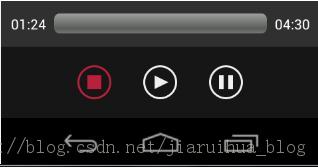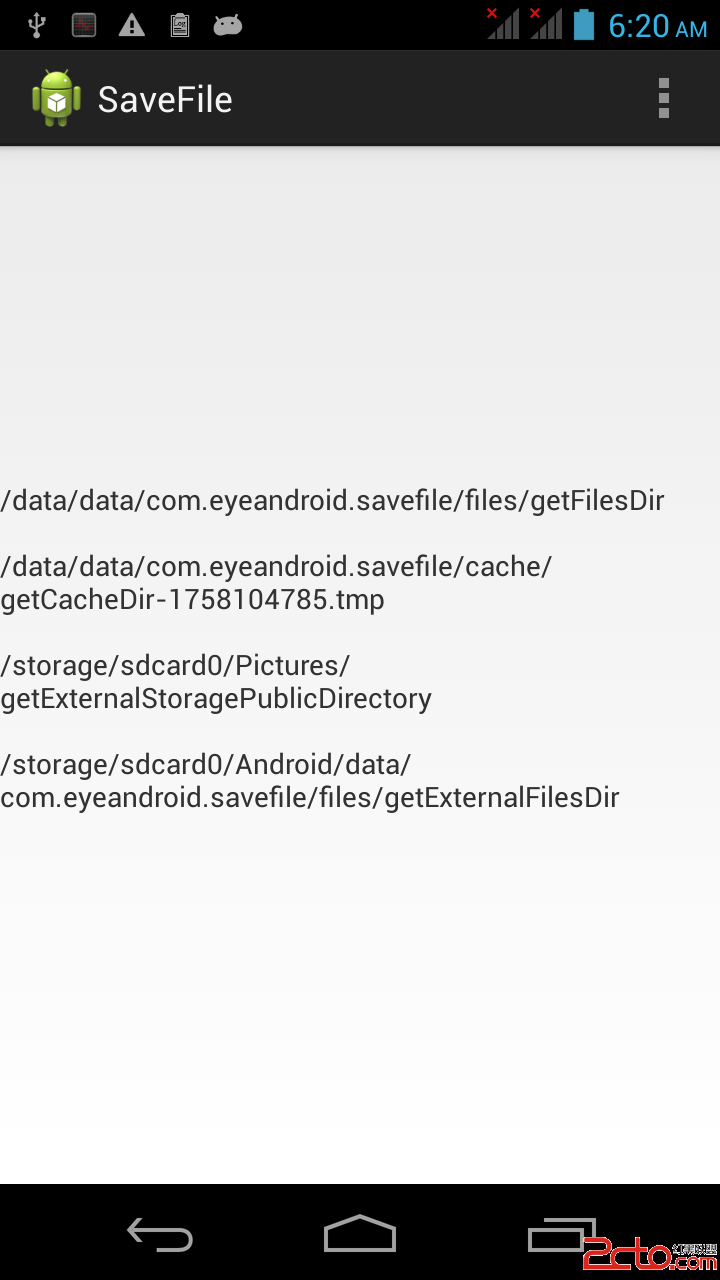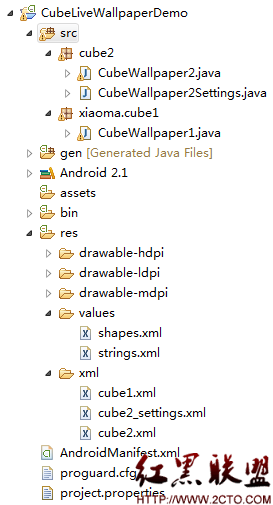Defining and Launching the Query 定义和启动查询
To perform a query, create the CursorLoader, set up its query, and pass it to the loader framework. From then on, the framework manages everything. It runs the query on a background thread, returns the results to the foreground, and watches for changes to the data associated with the query. http://blog.csdn.net/sergeycao
Pass a CursorLoader to the loader framework in your implementation ofonCreateLoader(). The loader framework calls this method when youcreate a loader by calling initLoader(). You can create aCursorLoader anywhere, but the preferred way is to create it inonCreateLoader(), because this defers creation until the object is actually needed.
Notice that initLoader() will only onCreateLoader() if theCursorLoader doesn't already exist; otherwise, it re-uses the existingCursorLoader. The loader framework tracks CursorLoader instance using theid value passed to initLoader().
Define and Launch the Query
To create a CursorLoader and define its query at the same time, call the constructorCursorLoader(context, uri, projection, selection, selectionArgs, sortOrder). Thecontext and uri arguments are required, but the others are optional. To use the default value for an optional argument, pass innull. The CursorLoader runs the query against theContentProvider identified by uri, just as if you had calledContentResolver.query() with the same arguments.
For example:
public Loader<Cursor> onCreateLoader(int loaderID, Bundle bundle)
{
/*
* Takes action based on the ID of the Loader that's being created
*/
switch (loaderID) {
case URL_LOADER:
/*
* Return a new CursorLoader
*/
return new CursorLoader(
this, // Context
DataProviderContract.IMAGE_URI, // Provider's content URI
PROJECTION, // Columns to return
null, // Return all rows
null, // No search arguments
null); // Default search order
default:
// An invalid id was passed in
return null;
}
}
补充:移动开发 , Android ,




